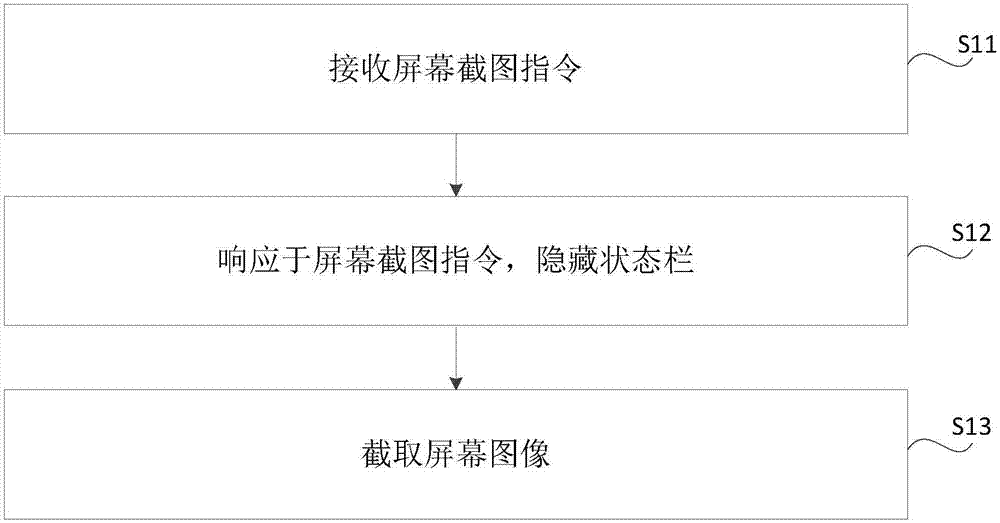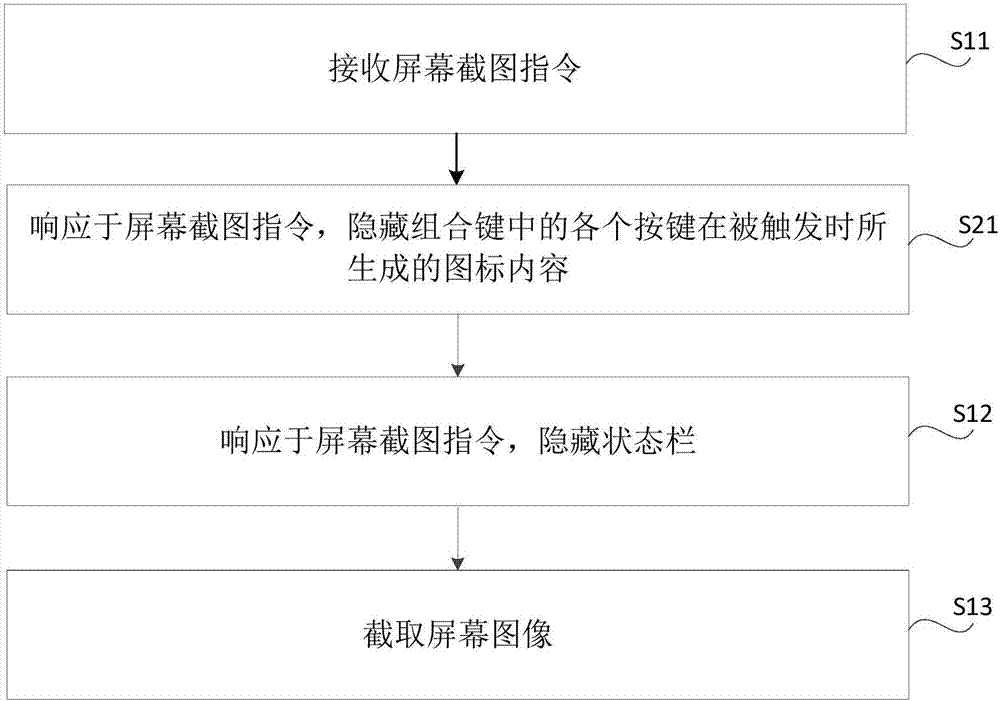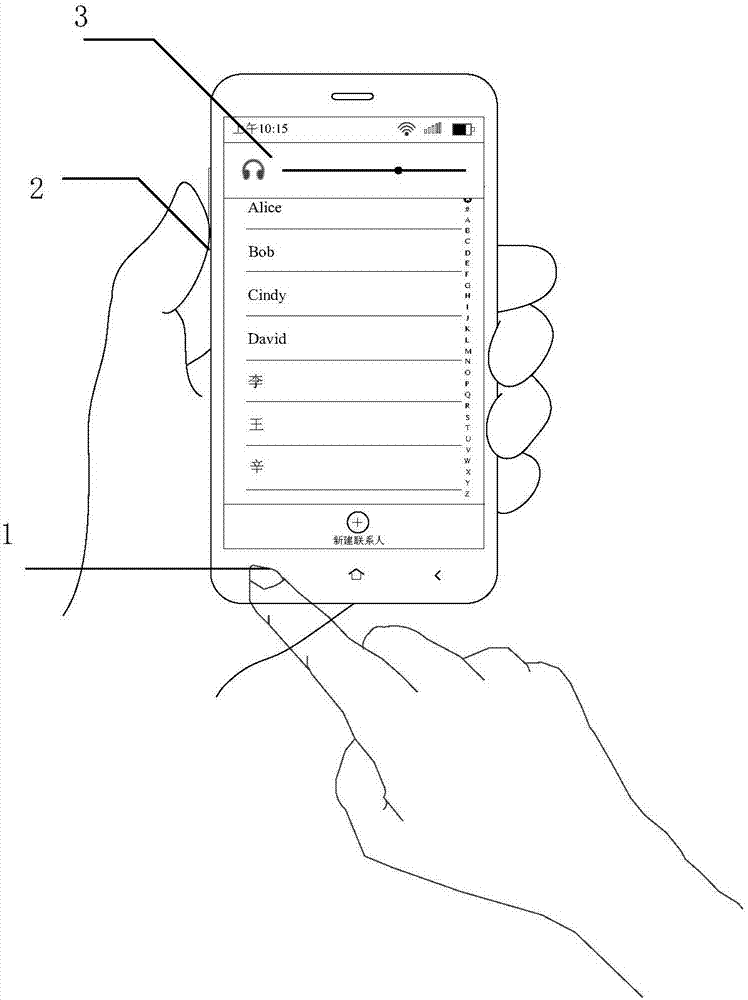Screenshot method and device, and computer readable storage medium
A technology of screenshots and screen images, applied in the input/output process of calculation and data processing, instruments, etc., can solve the problems of different picture content and affect the beauty of pictures, so as to ensure no distortion and reduce the processing volume.
- Summary
- Abstract
- Description
- Claims
- Application Information
AI Technical Summary
Problems solved by technology
Method used
Image
Examples
Embodiment Construction
[0027] Reference will now be made in detail to the exemplary embodiments, examples of which are illustrated in the accompanying drawings. When the following description refers to the accompanying drawings, the same numerals in different drawings refer to the same or similar elements unless otherwise indicated. The implementations described in the following exemplary examples do not represent all implementations consistent with the present disclosure. Rather, they are merely examples of apparatuses and methods consistent with aspects of the present disclosure as recited in the appended claims.
[0028] figure 1 is a flowchart of a screen capture method shown according to an exemplary embodiment, such as figure 1 shown, including the following steps:
[0029] In step S11, a screenshot instruction is received. Wherein, the screenshot instruction can be generated by triggering a key combination, or by clicking a screenshot button.
[0030] In step S12, the status bar is hidde...
PUM
 Login to View More
Login to View More Abstract
Description
Claims
Application Information
 Login to View More
Login to View More - R&D
- Intellectual Property
- Life Sciences
- Materials
- Tech Scout
- Unparalleled Data Quality
- Higher Quality Content
- 60% Fewer Hallucinations
Browse by: Latest US Patents, China's latest patents, Technical Efficacy Thesaurus, Application Domain, Technology Topic, Popular Technical Reports.
© 2025 PatSnap. All rights reserved.Legal|Privacy policy|Modern Slavery Act Transparency Statement|Sitemap|About US| Contact US: help@patsnap.com



